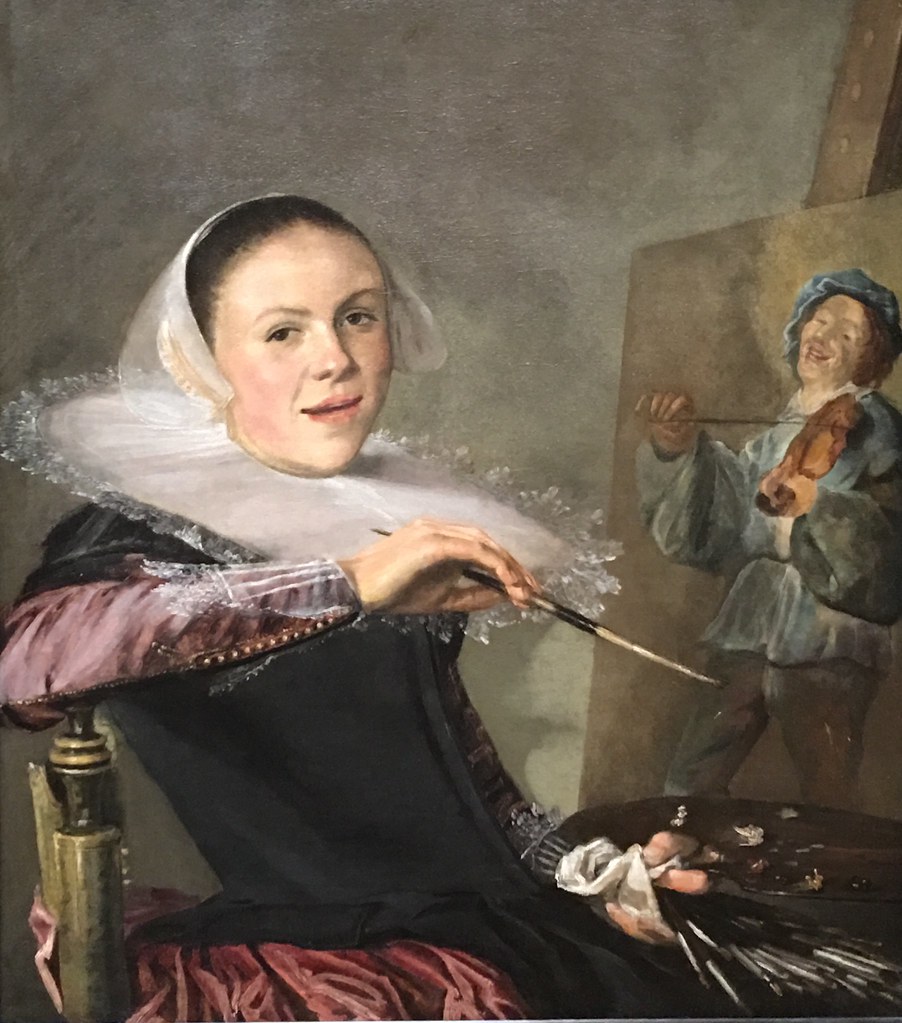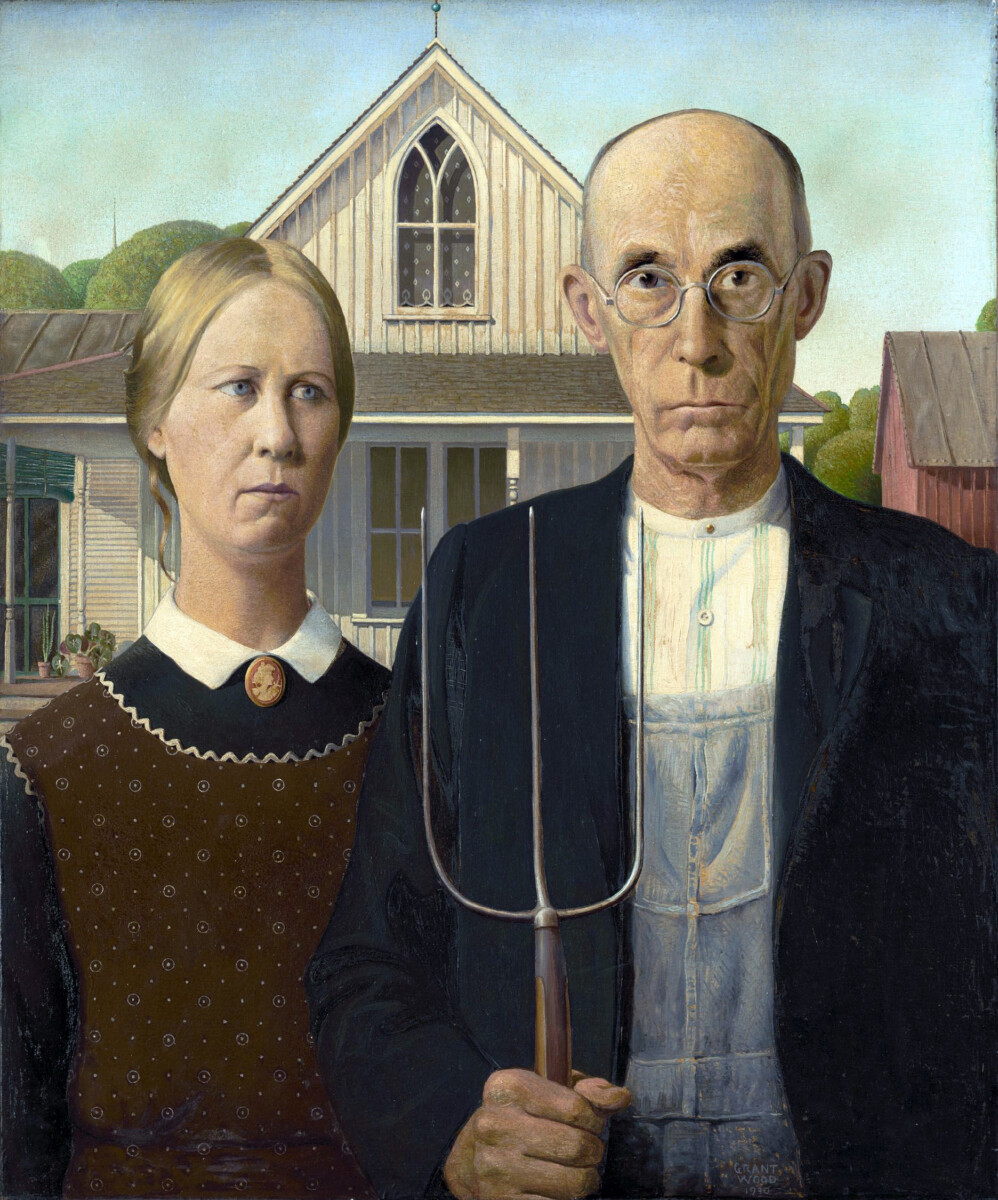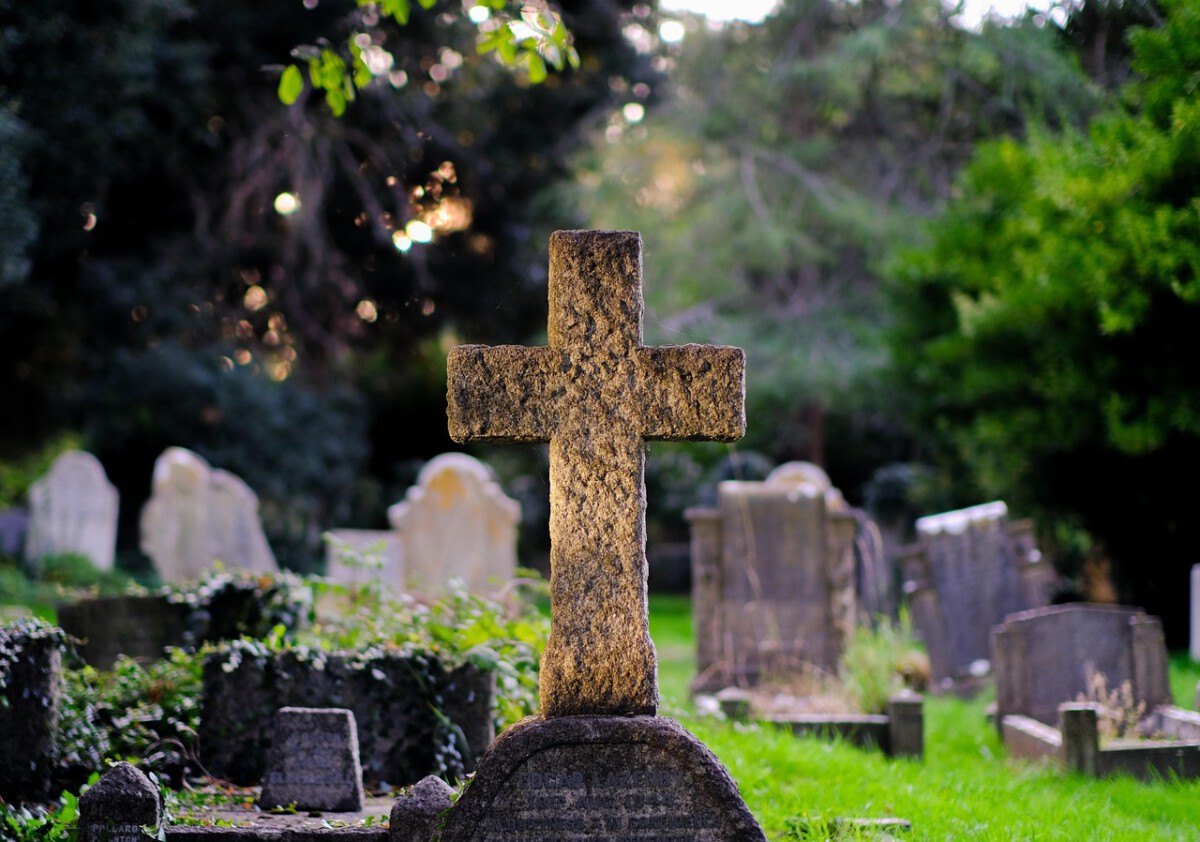Artemisia Gentileschi: The Baroque’s Forgotten Prodigy

Artemisia Gentileschi was a trailblazer in 17th-century Italy, but her talent was overshadowed for centuries by her male contemporaries. Despite being the first woman admitted to Florence’s prestigious Accademia di Arte del Disegno, her works were often attributed to her father, Orazio Gentileschi. Recent research reveals Gentileschi’s paintings, such as “Judith Slaying Holofernes,” burst with raw emotion and powerful female subjects—shocking for her era. Art historians now argue that Gentileschi’s dramatic use of light and shadow rivaled Caravaggio’s own style. In a 2020 National Gallery exhibition, experts emphasized how her life, marked by trauma and resilience, shaped her fierce artistry. Her rediscovery has transformed how scholars understand women’s roles in Baroque art, but she remains underrepresented in many major collections even today.
Hilma af Klint: The Spiritual Pioneer of Abstract Art

Swedish painter Hilma af Klint painted abstract works years before Kandinsky or Mondrian, yet her legacy was nearly lost. Born in 1862, af Klint’s visionary, swirling canvases drew on her deep interest in mysticism and the spiritual. She created over 1,200 paintings—many hidden from the public until decades after her death. Researchers say that her “Paintings for the Temple” series, begun in 1906, predates the recognized birth of abstract art. It wasn’t until a 2018 Guggenheim retrospective shattered attendance records that af Klint’s explosive colors and bold forms gained global attention. Still, she’s often missing from art textbooks. Her forgotten genius is a reminder of how easily women’s innovations can slip through the cracks of history.
Loïs Mailou Jones: The Harlem Renaissance Visionary

Loïs Mailou Jones was a powerhouse of the Harlem Renaissance, yet she faced relentless barriers due to her race and gender. Born in 1905 in Boston, Jones developed a dazzling style blending African, Caribbean, and American influences. She taught at Howard University for nearly 50 years, inspiring generations of Black artists. Recent scholarship highlights her international acclaim—she exhibited at the Salon d’Automne in Paris in the 1930s, a rare feat for an African-American woman. According to the National Museum of Women in the Arts, Jones produced hundreds of works across seven decades, yet her name rarely appears in mainstream art histories. Modern critics insist her vibrant, pattern-rich paintings deserve far wider recognition.
Judith Leyster: The Dutch Golden Age’s Overlooked Star

Judith Leyster’s paintings brim with life and personality, but for centuries they were misattributed to Frans Hals or her husband, Jan Miense Molenaer. Born in 1609, Leyster was one of the few women admitted to the painters’ guild in Haarlem. Her portraits and genre scenes, like “The Proposition,” showcase a sharp wit and technical brilliance. Only in the late 19th century did art historians begin to credit her work correctly. According to the Rijksmuseum, fewer than 30 paintings are securely attributed to Leyster, making her both rare and precious in Dutch art. Museum exhibitions in the last decade have sparked a renewed interest, yet the scale of her erasure remains a cautionary tale.
Amrita Sher-Gil: India’s Modernist Trailblazer

Amrita Sher-Gil has been dubbed “India’s Frida Kahlo,” but her fame is mostly confined to South Asia. Born in 1913, Sher-Gil fused Western techniques with Indian themes, painting intimate portraits of everyday life. By her mid-twenties, she was already celebrated in India and Europe. Tragically, she died at just 28, leaving behind a small but revolutionary body of work. In 2023, the Kiran Nadar Museum of Art called her “Asia’s first modernist,” and new research continues to explore her impact. Despite this, her paintings are rarely seen outside India, and she is often overlooked in broader modern art conversations.
Gabriele Münter: The Expressionist in Kandinsky’s Shadow

Gabriele Münter was a founding member of the Blue Rider group, but her achievements were long overshadowed by her partner, Wassily Kandinsky. Born in Germany in 1877, Münter’s bold colors and playful forms helped define German Expressionism. In recent years, scholars have re-evaluated her role, noting that she preserved much of the Blue Rider group’s art during World War II. The Lenbachhaus Museum in Munich now features her as a key innovator, not just a footnote to Kandinsky. Still, her work is far less exhibited than her male peers, and her influence is only now being fully recognized.
Alma Thomas: The Color Field Innovator

Alma Thomas broke barriers as the first African-American woman to have a solo exhibition at the Whitney Museum in 1972. Her mosaic-like paintings shimmer with color and optimism, inspired by flowers and the night sky. Born in 1891, Thomas was a teacher for decades before devoting herself to art in retirement. Recent data from the Smithsonian American Art Museum shows her work is increasingly sought after, with auction prices rising sharply since 2021. Still, Thomas’s name is rarely mentioned alongside other Color Field painters like Rothko or Newman. Critics argue her joyous, rhythmic canvases are overdue for broader acclaim.
Sofonisba Anguissola: The Renaissance’s Hidden Genius

Sofonisba Anguissola was a Renaissance prodigy, celebrated by Michelangelo and admired across Europe, yet her legacy nearly vanished. Born in 1532 in Italy, Anguissola painted innovative, intimate portraits that captured the personalities of her subjects. She served as court painter to the Spanish queen, but much of her work was later credited to male artists. In the past decade, museums such as the Prado have begun to restore her name to her paintings. Art historians cite her technical skill and psychological insight as unmatched among women of her time. Despite this, Anguissola’s story remains a startling example of historical neglect.
Emma Amos: The Bold Experimenter in American Modernism

Emma Amos’s colorful, confrontational works tackled issues of race, gender, and power with wit and courage. Born in 1937, Amos was the only woman in the Spiral collective, a group of Black artists responding to the Civil Rights movement. She combined painting, printmaking, and textiles in ways that challenged artistic conventions. The Brooklyn Museum’s 2021 retrospective brought overdue attention to her legacy, and recent studies highlight her influence on younger generations. Amos’s fearless blending of techniques and topics put her ahead of her time, yet she is still missing from many standard art histories.
Lotte Laserstein: The Lost Voice of Weimar Germany

Lotte Laserstein painted strikingly modern portraits in 1920s Berlin, but her career was cut short by the rise of the Nazis. Laserstein’s works, such as “Evening over Potsdam,” capture both the elegance and anxiety of her era. Forced to flee Germany because of her Jewish heritage, she continued painting in exile, but never regained her earlier fame. In the past decade, renewed scholarly attention and landmark exhibitions, such as those at the Städel Museum, have brought her art back into the spotlight. Laserstein’s story highlights the devastating impact of political upheaval on artistic legacies.
Edmonia Lewis: The Neoclassical Sculptor Who Defied All Odds

Edmonia Lewis was the first Black and Native American sculptor to achieve international fame, yet her story remains little known. Born in 1844, she faced racism and prejudice at every turn, but persevered to study in Rome and exhibit her sculptures in major American and European venues. Her marble works, like “Forever Free” and “The Death of Cleopatra,” blend classical technique with radical themes of emancipation and identity. According to recent research by the Smithsonian, Lewis’s reputation suffered from decades of neglect and lost records. Only in the last twenty years have museums begun to reclaim her legacy, piecing together her remarkable achievements from scattered archives.





